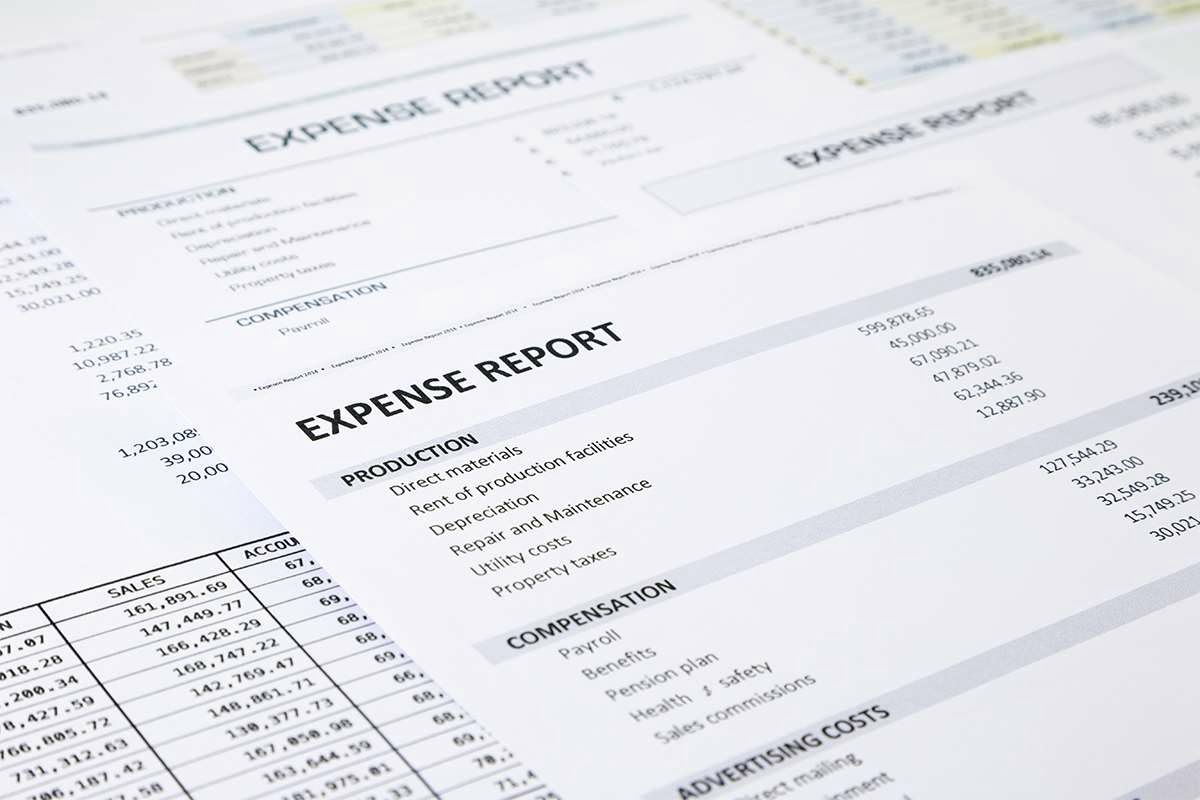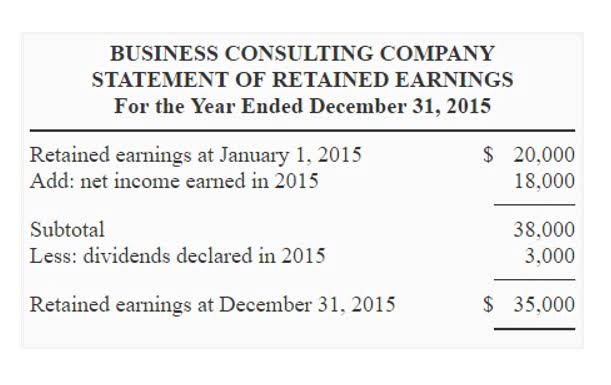How to Amortize a Bond Premium Using the Straight-Line Method The Motley Fool

In our example, since the sale price is $980 and is less than the adjusted cost basis, it’s a capital loss, even though it is sold nominally for $30 more than it was bought. The scenarios in this article assume that an investor bought their bond holdings in a single transaction and then likewise sold those holdings in a single transaction at a later date. When making several purchases or sales, investors must itemize each transaction to accurately determine the buy price and the resulting capital gains or losses. The following T-account shows how the balance in the account Premium on Bonds Payable will decrease over the 5-year life of the bonds under the straight-line method of amortization.
Bonds Payable Issued at a Discount
The table starts with the book value of the bond which is the par value (120,000) less the discount on bonds payable (2,152), which equals the amount of cash received from the bond issue (117,848). The table starts with the book value of the bond which is the par value (120,000) plus the premium on bonds payable (2,204), which equals the amount of cash received from the bond issue (122,204). Like taxable bonds, how you calculate the cost basis for tax-exempt bonds depends on whether they were bought at par, discount, or premium and whether they were held to maturity or sold early.
How do you calculate the amortizable bond premium using the straight-line method?
Under the effective interest method, the semiannual interest expense is $6,508 in the first period and increases thereafter as the carrying value of bond premium amortization calculator the bond increases. For example, Valenzuela bonds issued at a discount had a carrying value of $92,976 at the date of their issue. Although the straight-line method is simple to use, it does not produce the accurate amortization of the discount or premium. The account Premium on Bonds Payable is a liability account that will always appear on the balance sheet with the account Bonds Payable.

Amortizable Bond Premium

Notice that the effect of this journal is to post the interest calculated in the bond amortization schedule (14,880) to the interest expense account. Notice that the effect of this journal is to post the interest calculated in the bond amortization schedule (5,338) to the interest expense account. From the bond amortization schedule, we can see that at the end of period 4, the ending book value of the bond is reduced to 250,000, and the premium on bonds payable (9,075) has been amortized to interest expense. The final bond accounting journal would be to repay the par value of the bond with cash. As before, the final bond accounting journal would be to repay the face value of the bond with cash.

The accounting profession prefers the effective interest rate method, but allows the straight-line method when the amount of bond discount is not significant. Once you select your preferred amortization method, we seamlessly generate the corresponding premium/discount amortization schedules. In its simplest form, discount amortization is a process used to allocate the discount on bonds, or other long-term debt, evenly over the life of the instrument.


Those who invest in taxable premium bonds typically benefit how is sales tax calculated from amortizing the premium, because the amount amortized can be used to offset the interest income from the bond. This, in turn, will reduce the amount of taxable income the bond generates, and thus any income tax due on it as well. The cost basis of the taxable bond is reduced by the amount of premium amortized each year. Notice that under both methods of amortization, the book value at the time the bonds were issued ($104,100) moves toward the bond’s maturity value of $100,000.
- As before, the final bond accounting journal would be to repay the face value of the bond with cash.
- The annual bond premium amortization is calculated by multiplying the bond’s adjusted cost basis by its effective interest rate and subtracting the annual interest payment.
- In this case, you’re calculating the break-even interest rate of inflation for which buying the inflation-indexed bond will provide a larger return.
- See below for our total premium/discount amortization schedule for our Series 2022 issue on both an Actual and Annual Frequency.
Since this 9% bond will be sold when the market interest rate is 8%, the corporation will receive more than the bond’s face value. The frequency of coupon payments affects how often interest is paid, which in turn impacts the calculation of coupon payments and the amortization schedule. Use our calculator to understand the allocation of principal and interest payments and effectively manage your bond investments. Then, divide the traditional bond’s number by the inflation-indexed bond’s number and subtract one from the result.
Our mission is to empower readers with the most factual and reliable financial information possible to help them make informed decisions for their individual needs. Our team of reviewers are established professionals with decades of experience in areas of personal finance and hold many advanced degrees and certifications. For information pertaining to the registration status of 11 Financial, please contact the state securities regulators for those states in which 11 Financial maintains a registration filing. 11 Financial may only transact business in those states in which it is registered, or qualifies for an exemption or exclusion from registration requirements. 11 Financial’s website is limited to the dissemination of general information pertaining to its advisory services, together with access to additional investment-related information, publications, and links. Finance Strategists has an advertising relationship with some of the companies included on this website.
